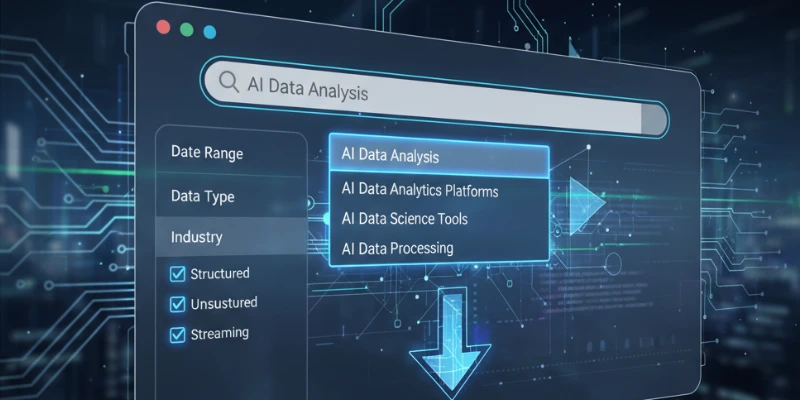
Autocomplete and filtering features are now standard in modern applications. They help users find information faster by predicting what they want or narrowing down choices in real time. Behind these smooth interactions are search algorithms that process text quickly and return relevant results. If you want to strengthen your skills in these core areas, exploring a Full Stack Developer Course in Trivandrum at FITA Academy can be a helpful step. Understanding how these algorithms work can help developers build more efficient and intuitive user experiences.
Why Autocomplete Matters
Autocomplete reduces the effort required to search for information. When a user begins typing, the system suggests possible matches based on what is already entered. This improves speed and accuracy for the user. It also reduces typing errors and helps guide users toward available content. The feature feels simple on the surface, but it relies on fast pattern matching and efficient data handling.
How Autocomplete Predicts User Input
Autocomplete starts by identifying the prefix that the user has entered. The algorithm then compares that prefix against a large collection of data. Some systems use sorted lists to speed up matching. Others rely on indexed data structures that allow fast prefix lookup. The goal is to return suggestions that begin with the same letters or characters as the user’s input.
Relevance can be increased by ranking results based on popularity or past user behavior. If you want to gain practical knowledge in building features like these, a Full Stack Developer Course in Kochi can guide you through the essential concepts and techniques. The faster the algorithm can find these matches, the smoother the autocomplete feels.
How Filters Narrow Down Results
Filters work by applying rules that remove items that do not match certain criteria. When a user selects options such as categories or price ranges, the algorithm scans the data and keeps only those items that fit the selected conditions. Search algorithms make this process efficient by organizing data so the system does not need to scan everything each time. Instead, it can skip large groups of items that are not relevant. This saves time and improves the responsiveness of the interface.
The Role of Ranking and Relevance
Autocomplete and filters benefit from ranking strategies that place the best results at the top. Systems often use frequency, recent activity, or user preferences to determine which suggestions should appear first. When combined with fast search techniques, ranking ensures that users see the most useful results without scrolling or adjusting filters repeatedly.
This improves the overall experience and helps users find what they want more quickly. If you are interested in learning how to build features like these with real project exposure, taking a Full Stack Developer Course in Delhi can help you develop the skills needed to implement effective ranking and search logic in modern applications.
Why Performance Matters
Speed is essential for both autocomplete and filtering. Users expect results to appear almost instantly. Search algorithms must be optimized so they can handle large datasets without slowing down. This is especially important for applications that update results as the user types. Efficient searching, indexing and ranking help keep performance smooth and consistent.
Autocomplete and filters rely on smart search algorithms that match patterns, sort information and highlight the most relevant results. These features may appear simple to users, but they represent a complex balance of speed, accuracy and data organization.
By understanding how they work, developers can build interfaces that respond quickly and help users find information with ease. If you want to strengthen your skills in creating intelligent and responsive features like these, joining a Full Stack Developer Course in Jaipur can be beneficial for enhancing your comprehension and implementing these ideas in actual projects.
Also check: Databases for Full Stack Development